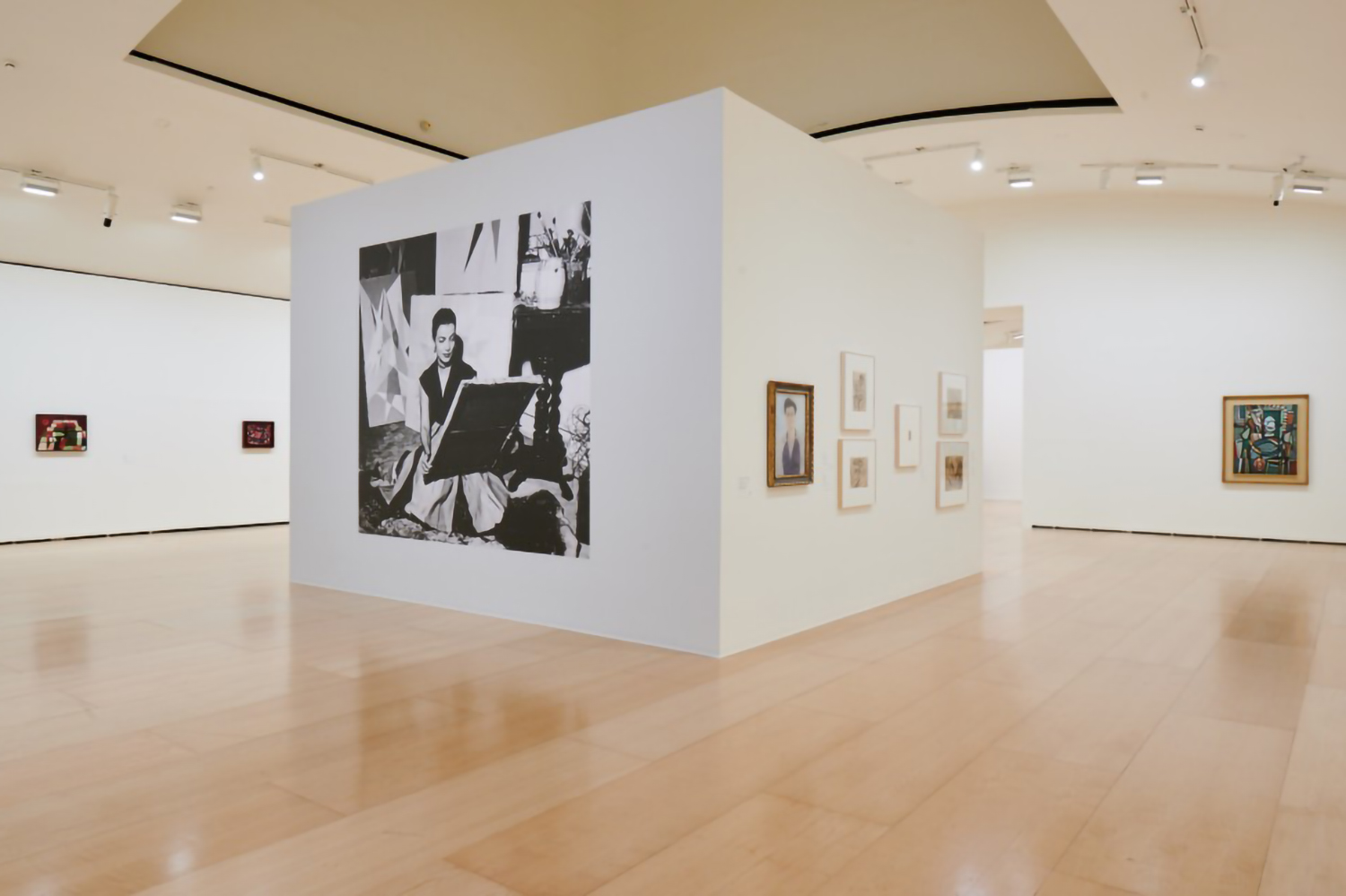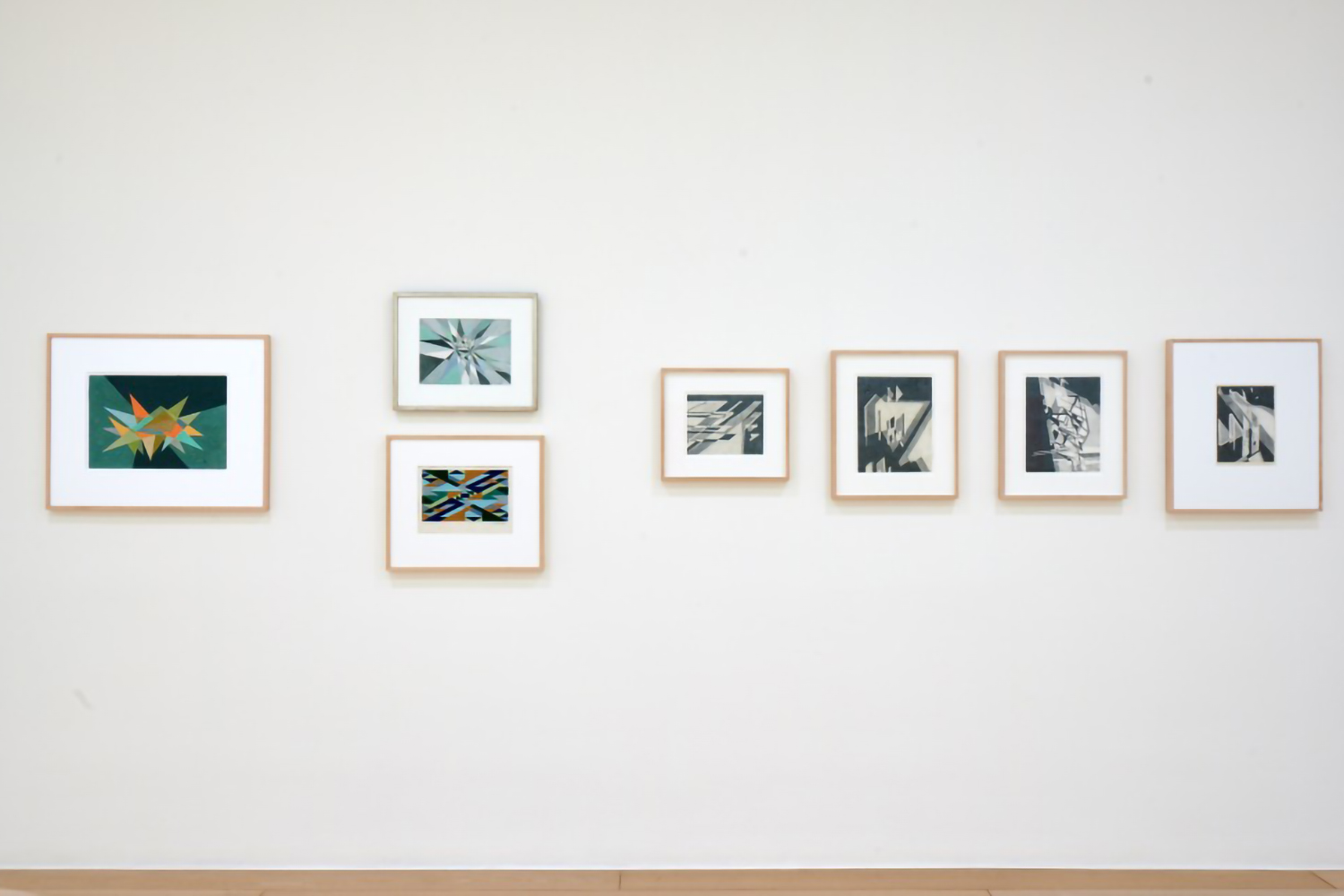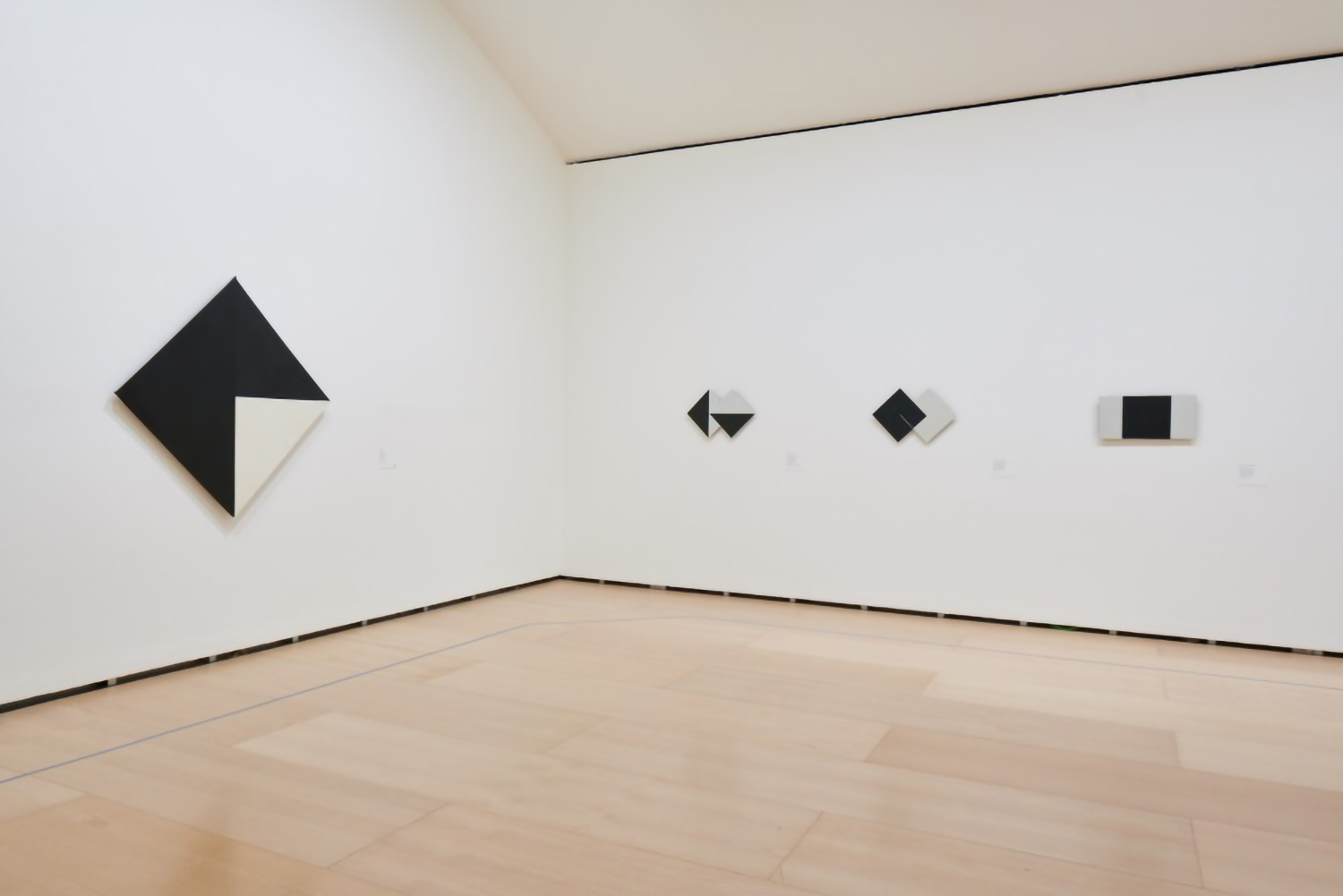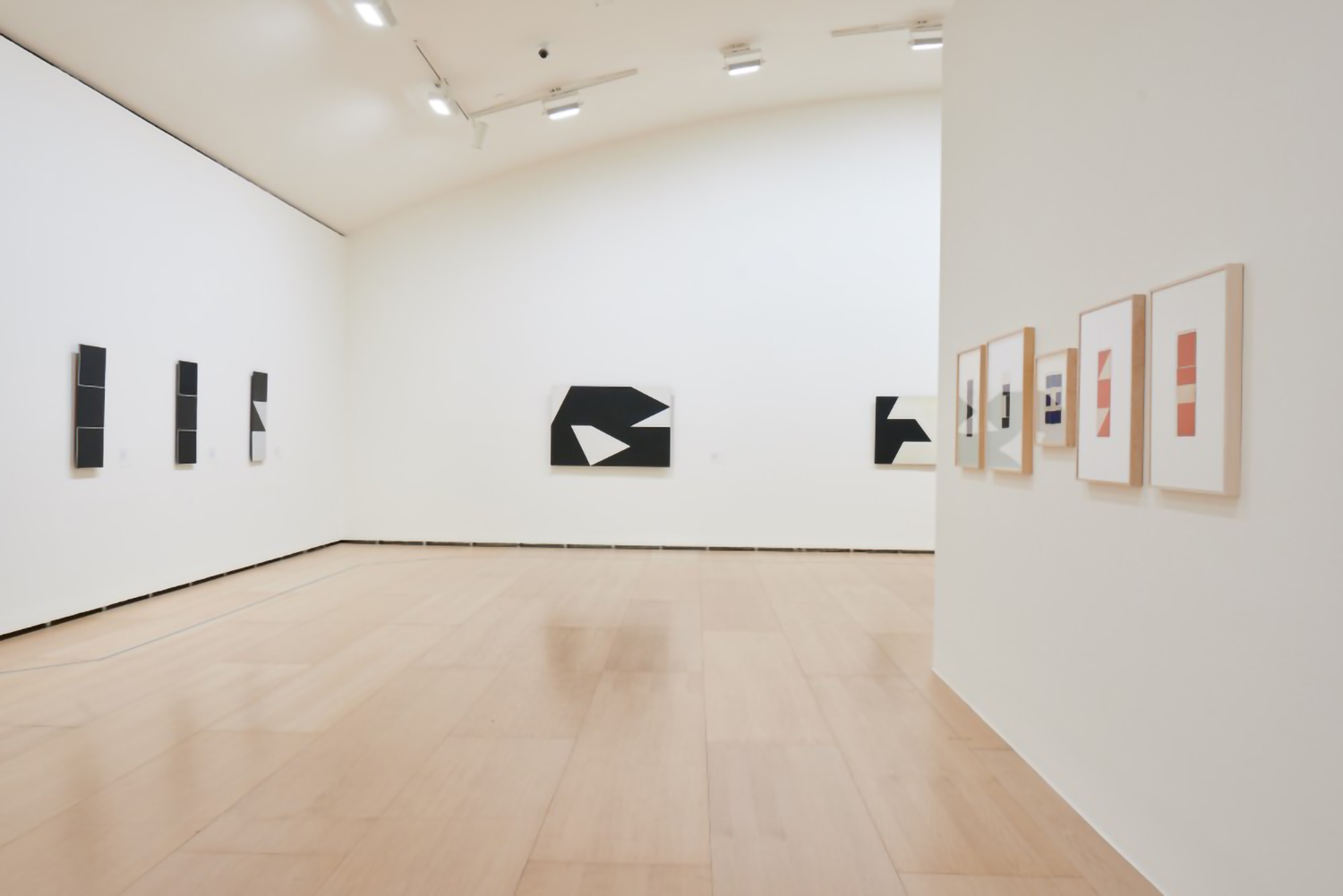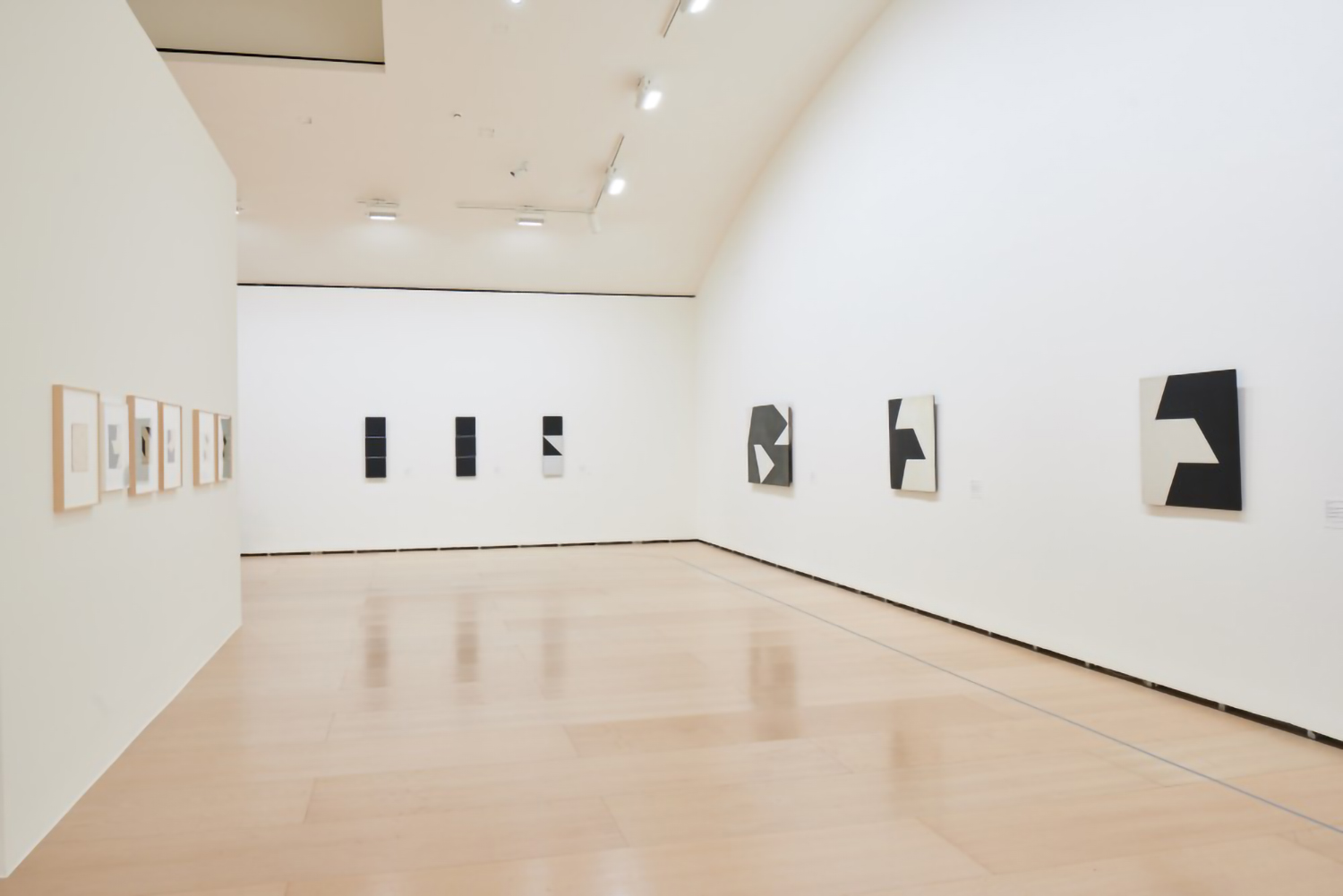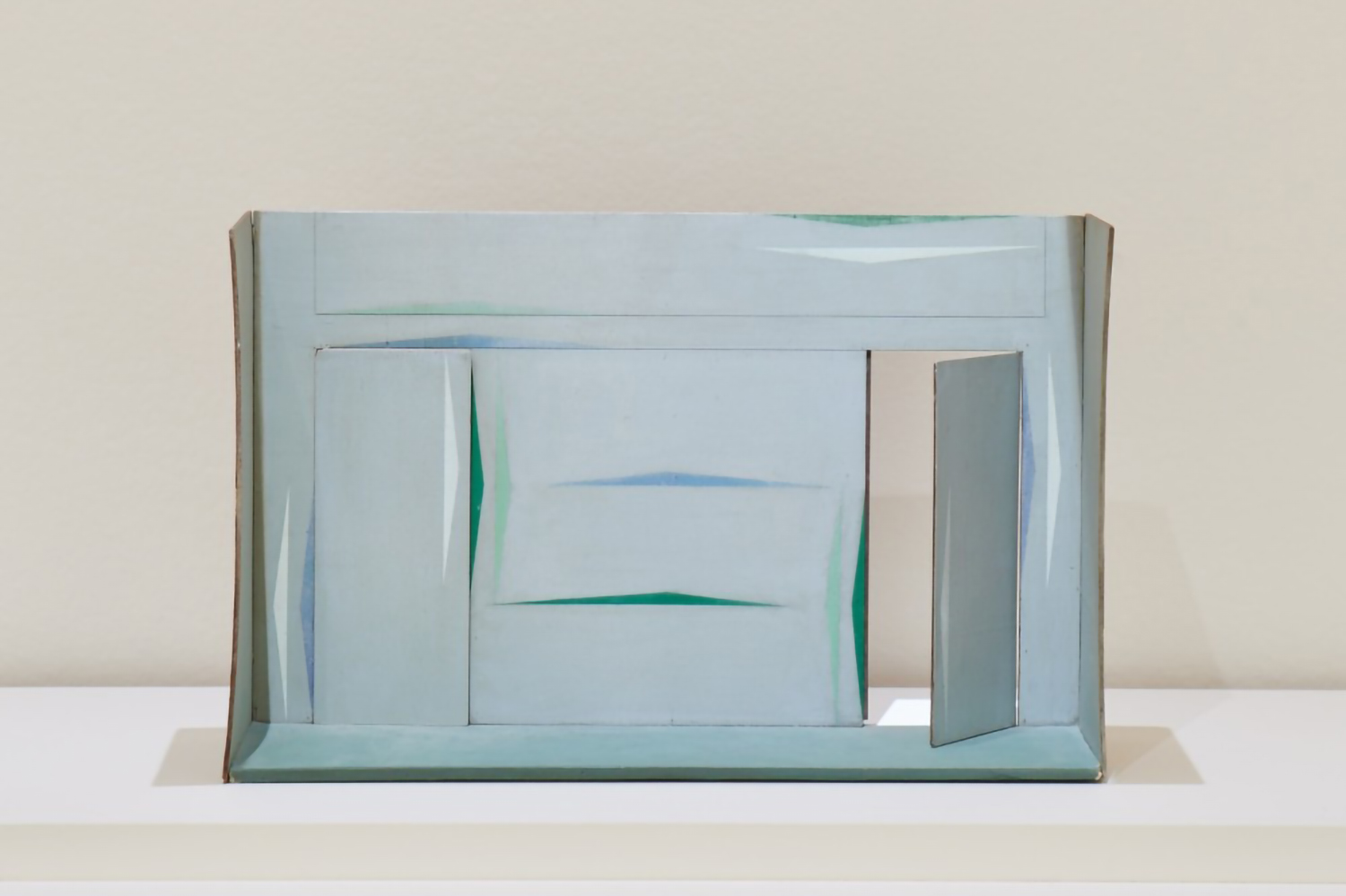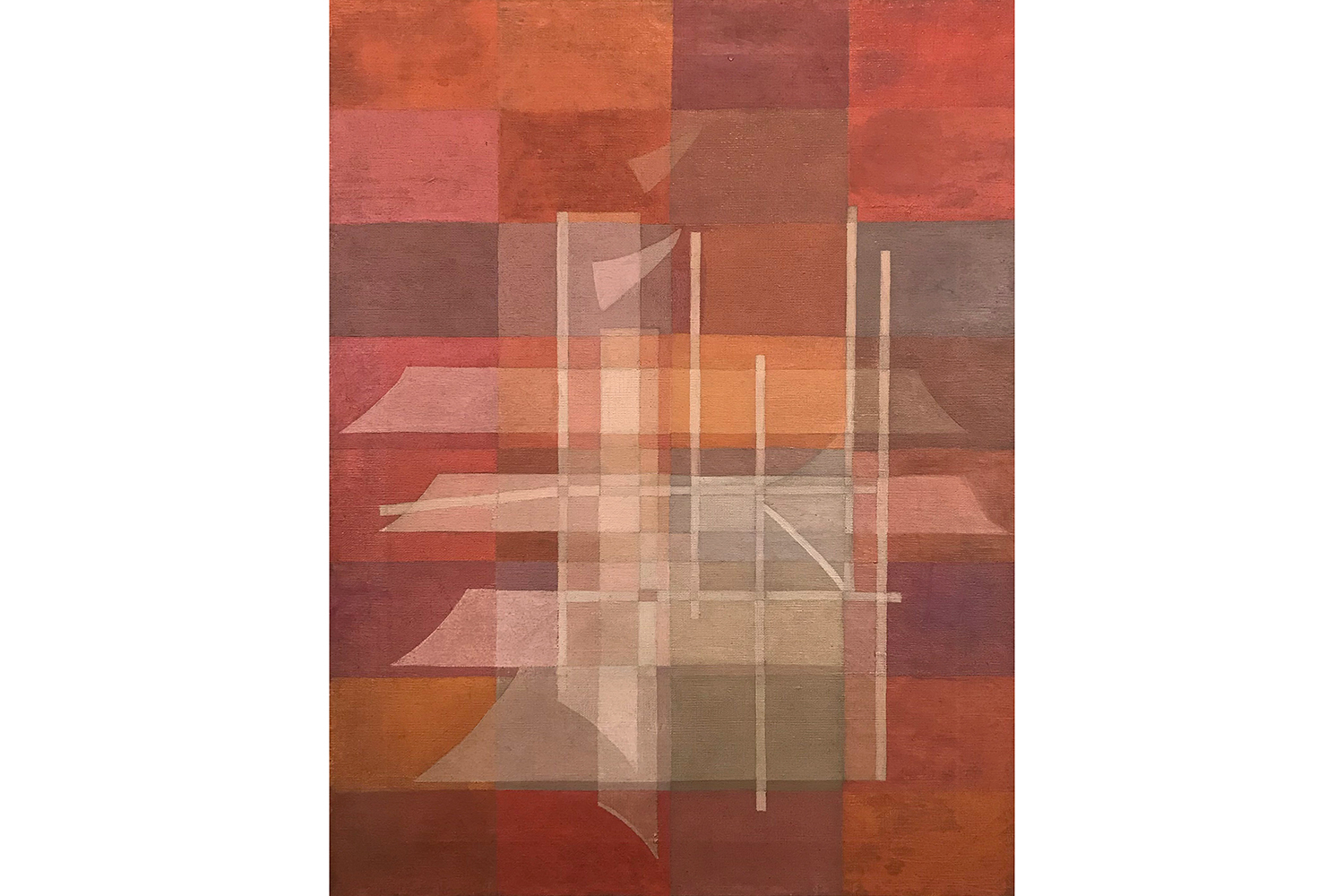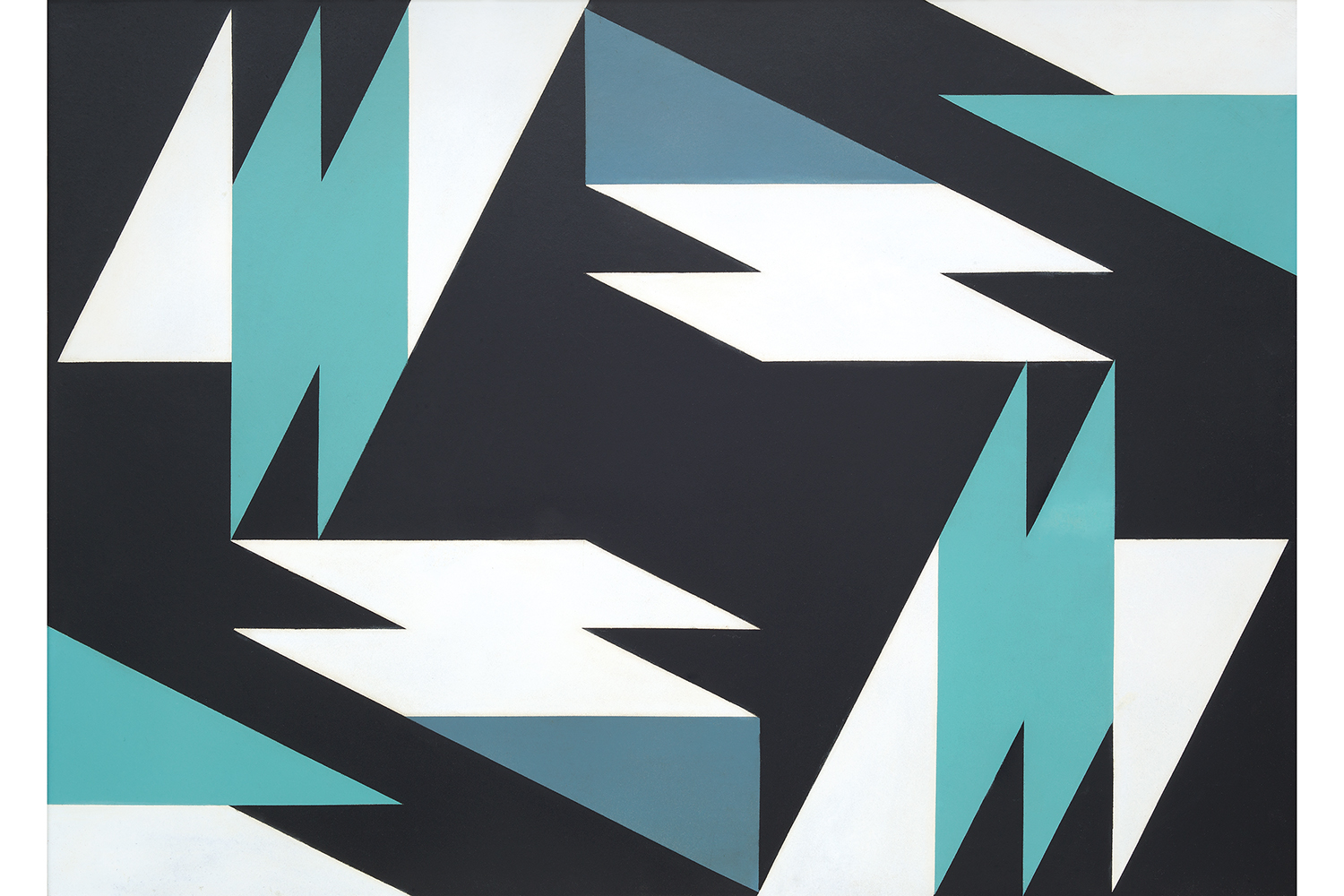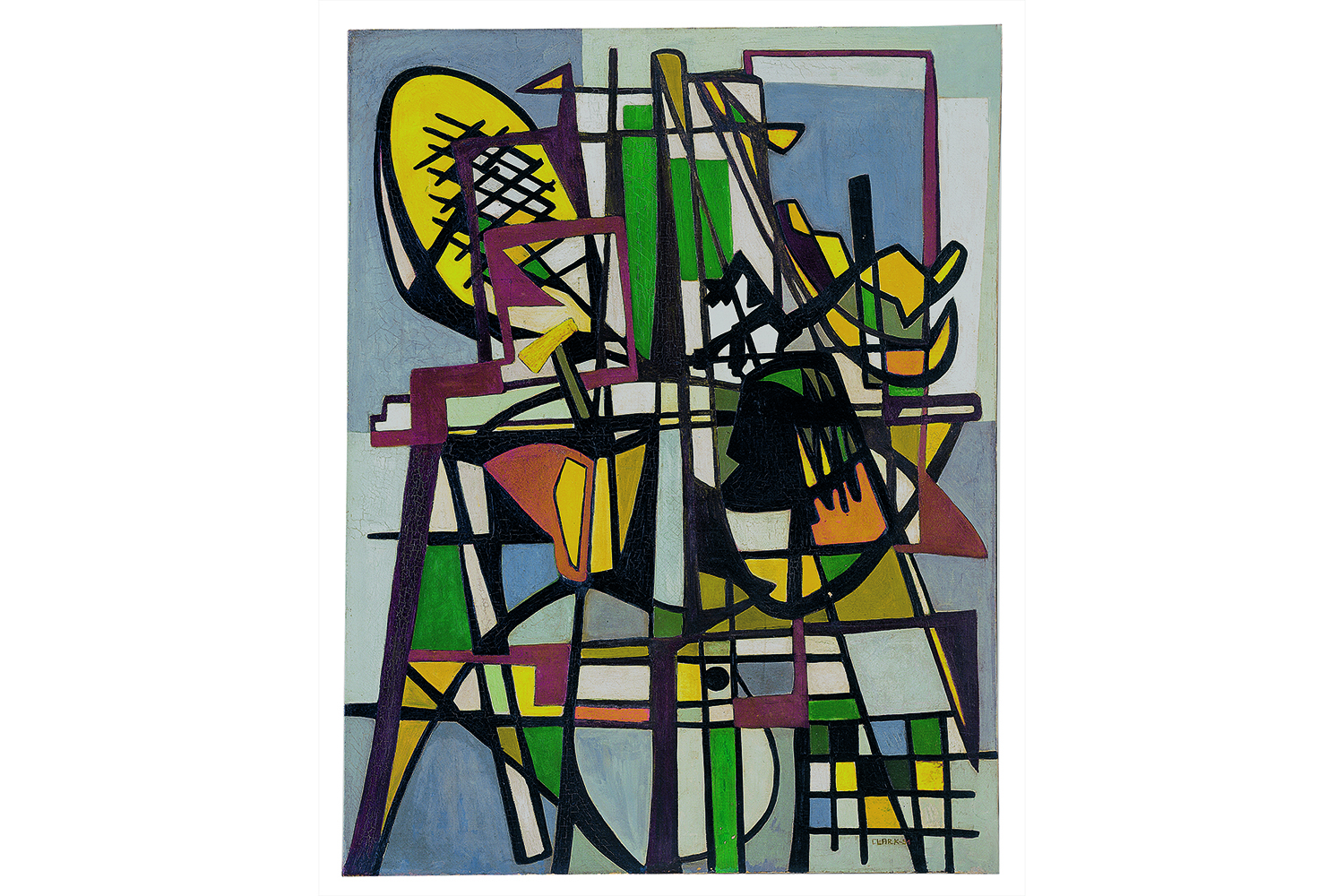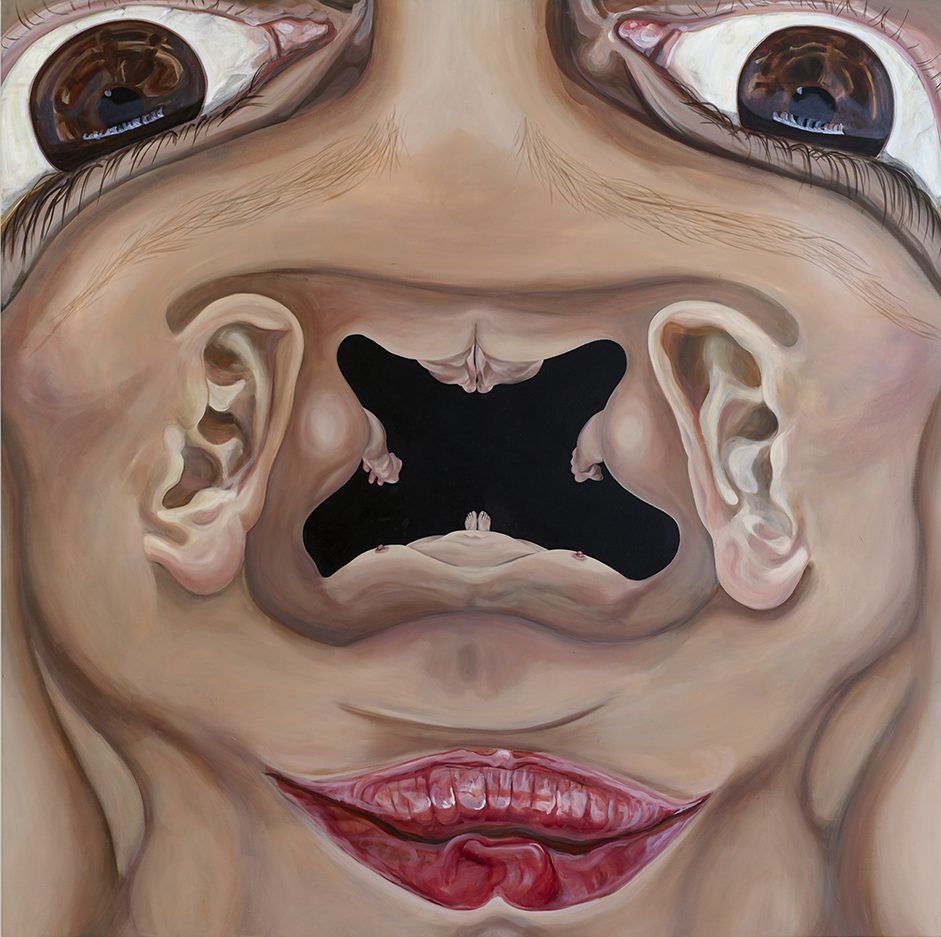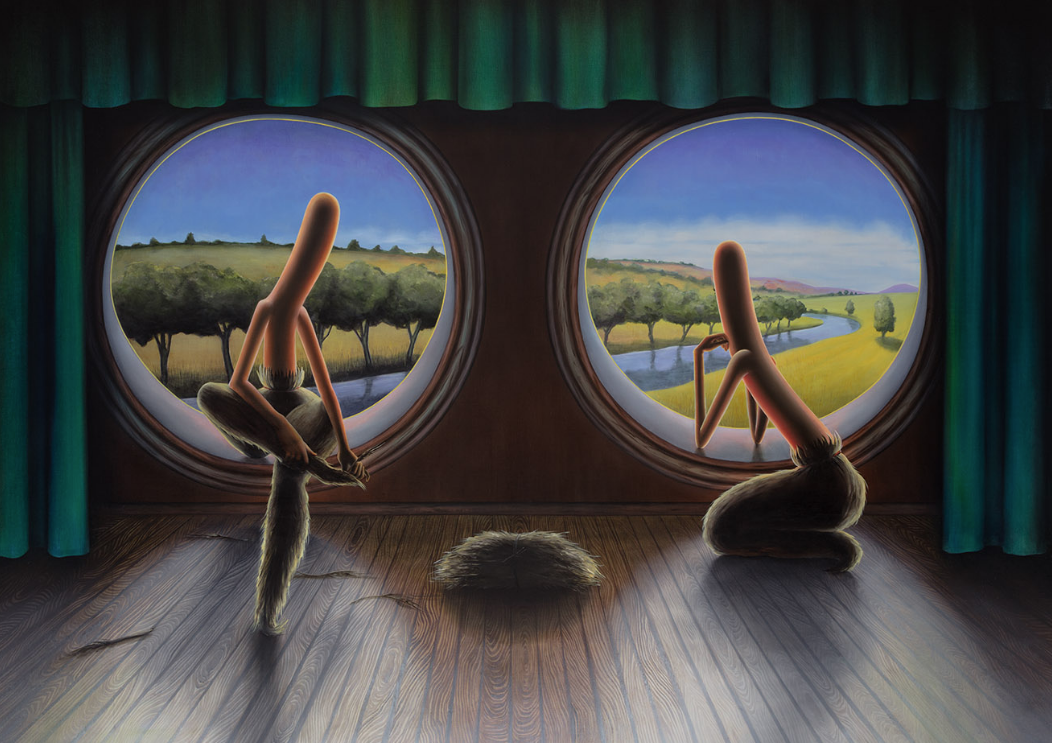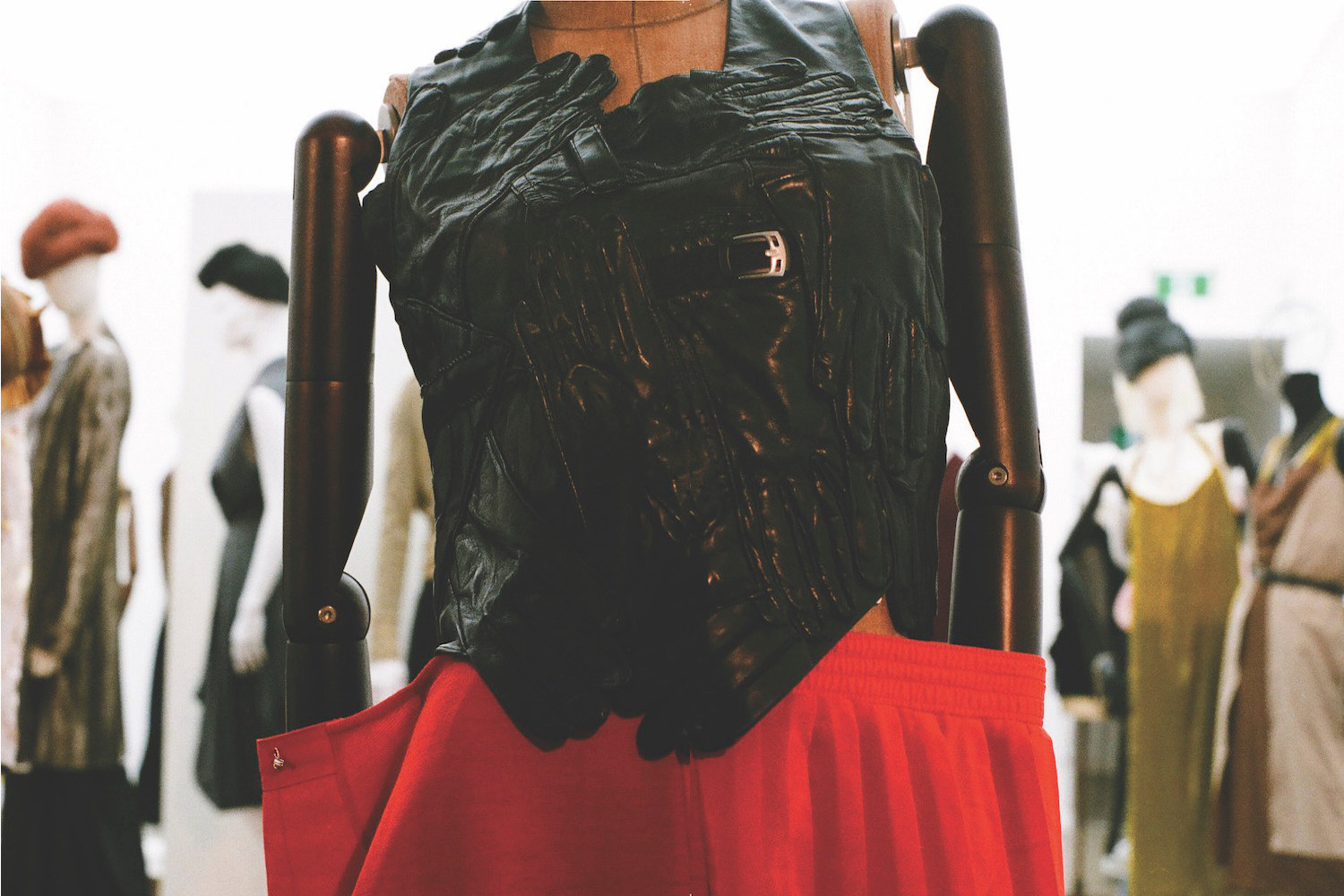Anyone who spends time with young artists is familiar with the changes they experience during their first years working. This phase of experimentation, investigation, and testing — upon which all their further artistic production will be based — responds to what, in literature, is called “the search for the voice”: a process that lies in-between introspection and the construction of an identity.
Concurrent with the centenary of Lygia Clark’s birth (Belo Horizonte, 1920–Río de Janeiro, 1988), the Guggenheim Museum of Bilbao is exhibiting her work from her formative years: a period of ten years of intense and formal investigation, from her figurative works to her approach to abstraction. The exhibition is divided into three sections following chronological criteria. The first one shows purely figurative works — such as Retrato de la pianista Angélica de Rezende (late 1940s) or Patio de fábrica – paisaje industrial (1951) — a multitude of charcoal sketches in which a first investigation into the variations of form can be sensed; and her first abstract attempts, which channeled certain cubist aesthetics: El violonchelista (1951) or Composición (1951). These latter works, in which an intentional use of color can already be appreciated as she rejects purely naturalistic codes, lead to the second section, spanning from 1953 to 1965.
During this time Clark maintained contacts in the Brazilian context with Arte Concreto–adjacent artists (she was co-founder of Grupo Frente, an avant-garde collective founded in Sao Paulo in 1954), who advocated for a more formal and objective art, rather than the figurative realism popular at the time. Clark’s works during these years have a strong interest in geometry, with early colorist compositions on grid structures (Composición, 1953) gradually becoming simpler and yet more compositionally complex, paving the way for new possibilities on the painting surface. At this point we should mention Descubrimiento de la línea orgánica (1954), wherein linea orgánica is defined by the author as “the line that appears when two flat surfaces of the same color touch each other.” Also the Rompiendo el marco series, in which the element of the frame, whose historical function has been of containment and manifestation of the piece (as Ortega and Gasset say, the frame breaks the uniformity of the wall, separating it from the piece), is assimilated by the painting and becomes a substantial element of the work itself. The last section recollects works from 1957 and 1958, in which works from the “moduladas” series (Planos en superficies moduladas, Superficies moduladas, and Espacios modulados) stand out — an investigation on compositions with geometric monochromatic forms, creating games of backgrounds and shapes.
It is surprising to see how fast Clark’s work changed in its search for a language of its own. Even more so if we consider the artist never had a formal education. For the spectator, this exhibition offers something exciting: an entrée to those intimate years of youth, the age of our greatest discoveries.

